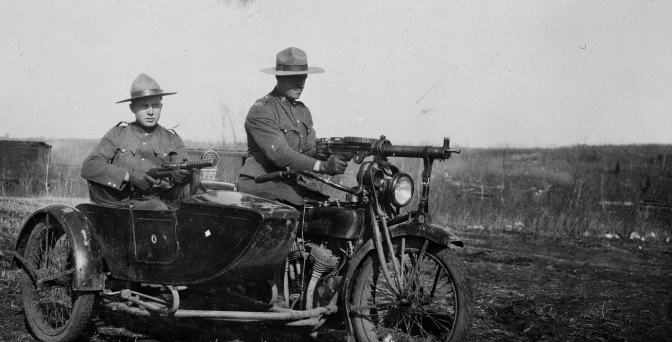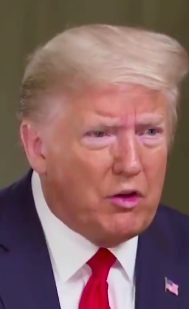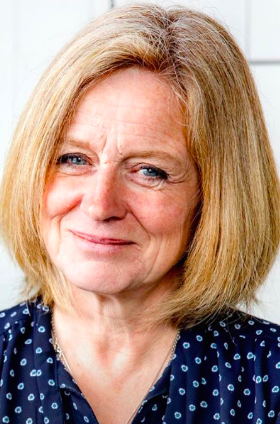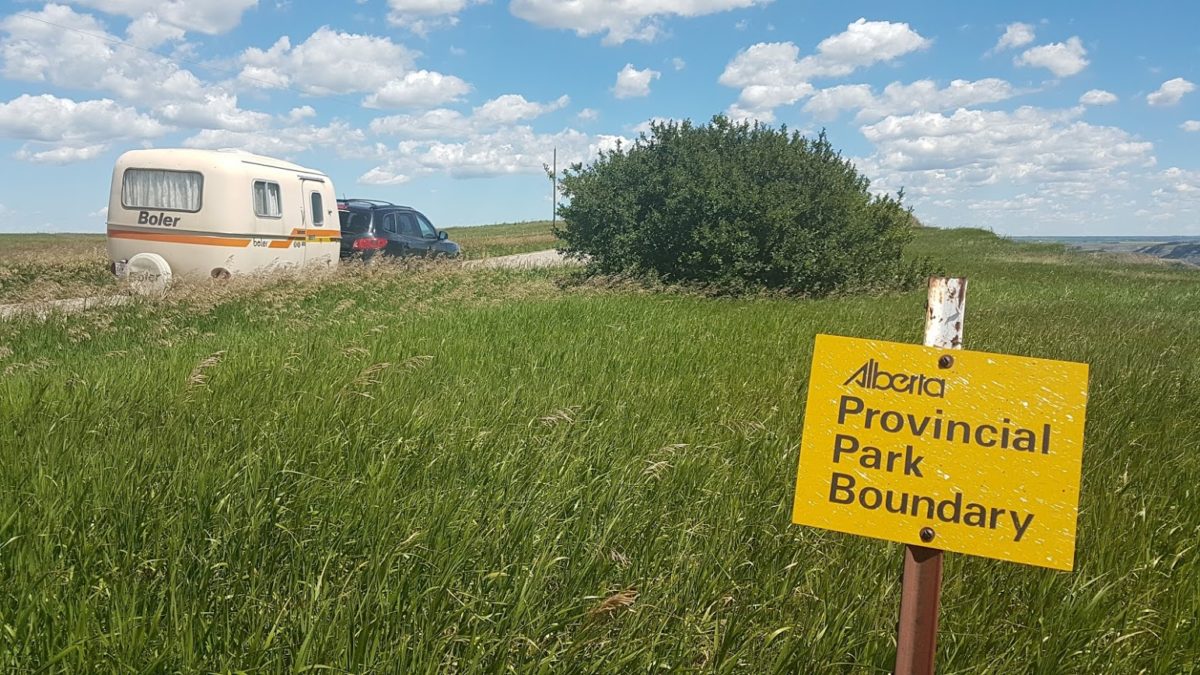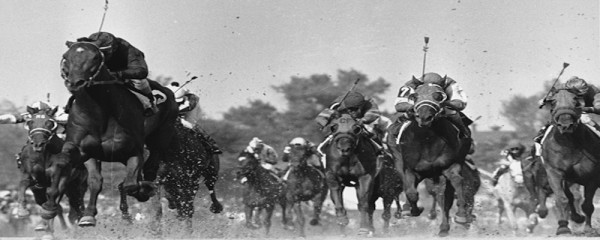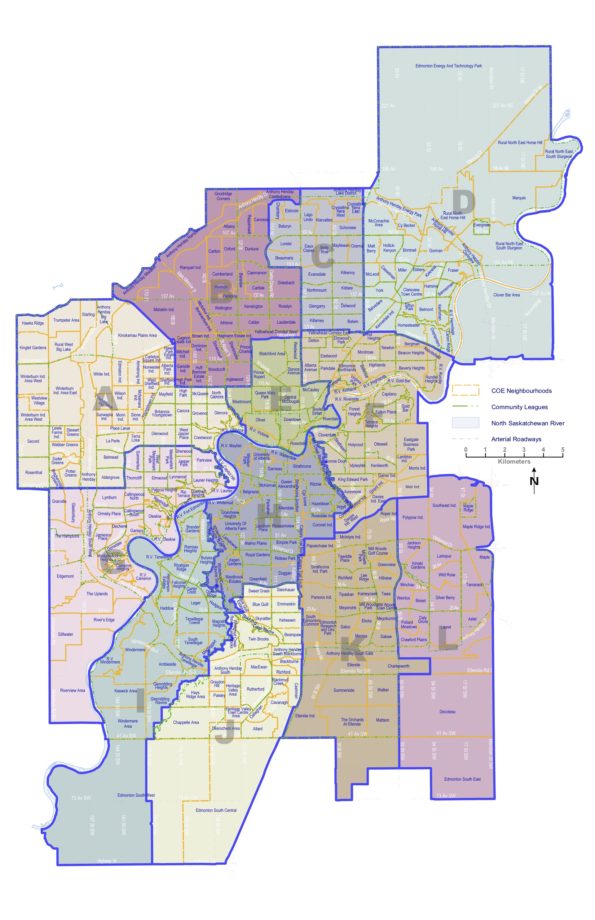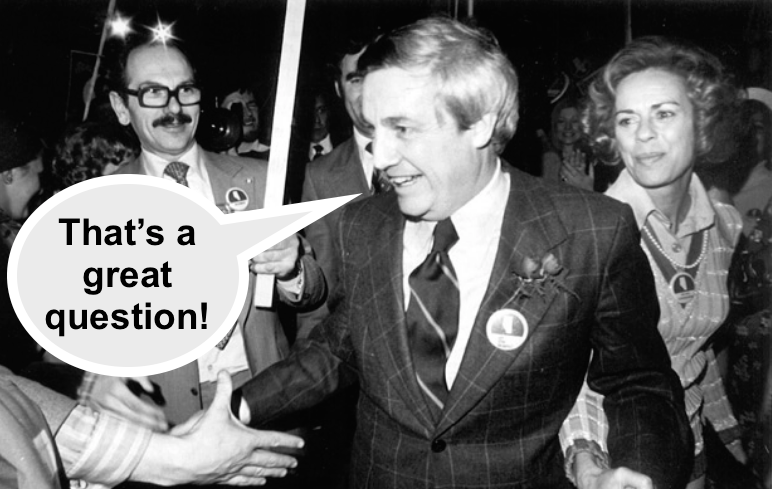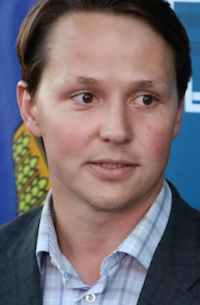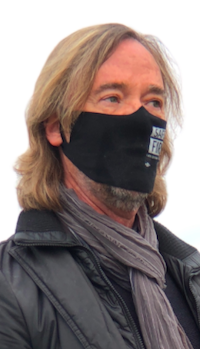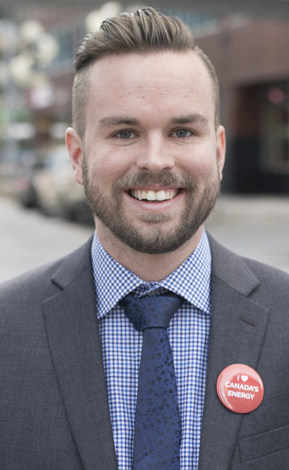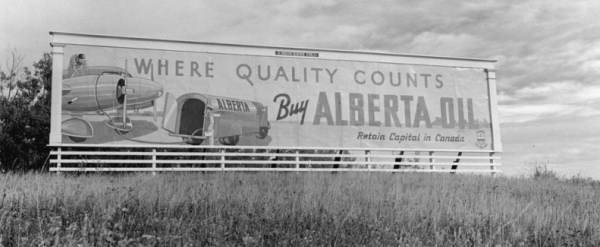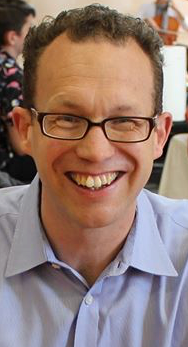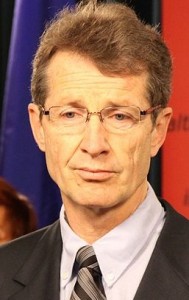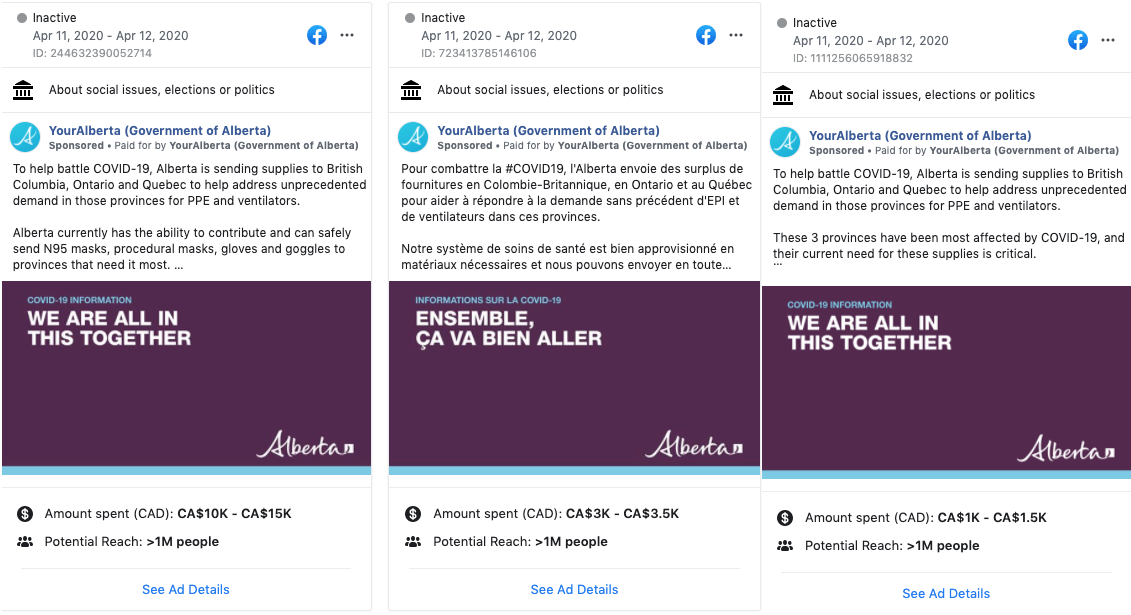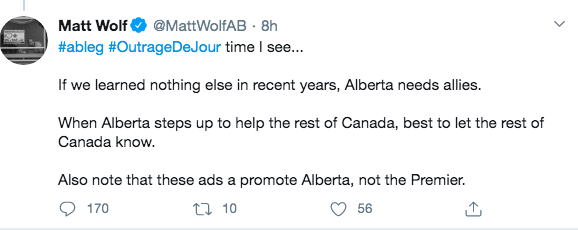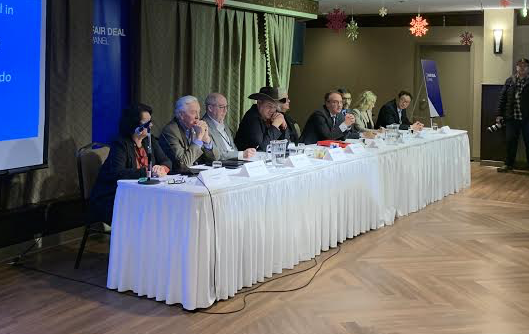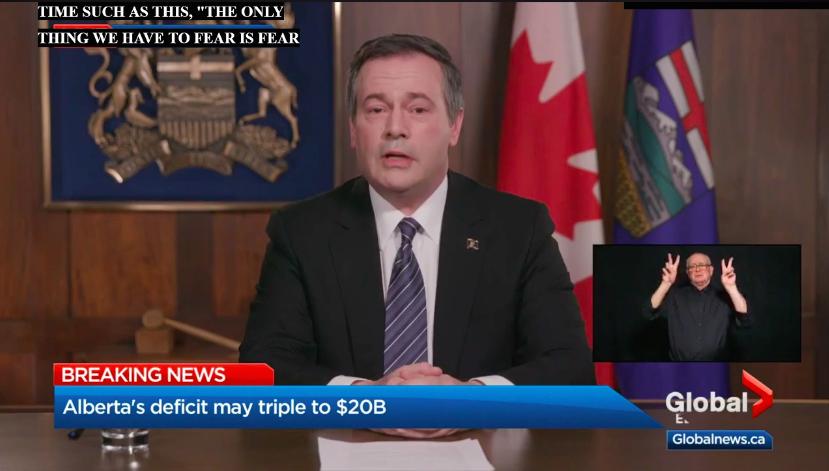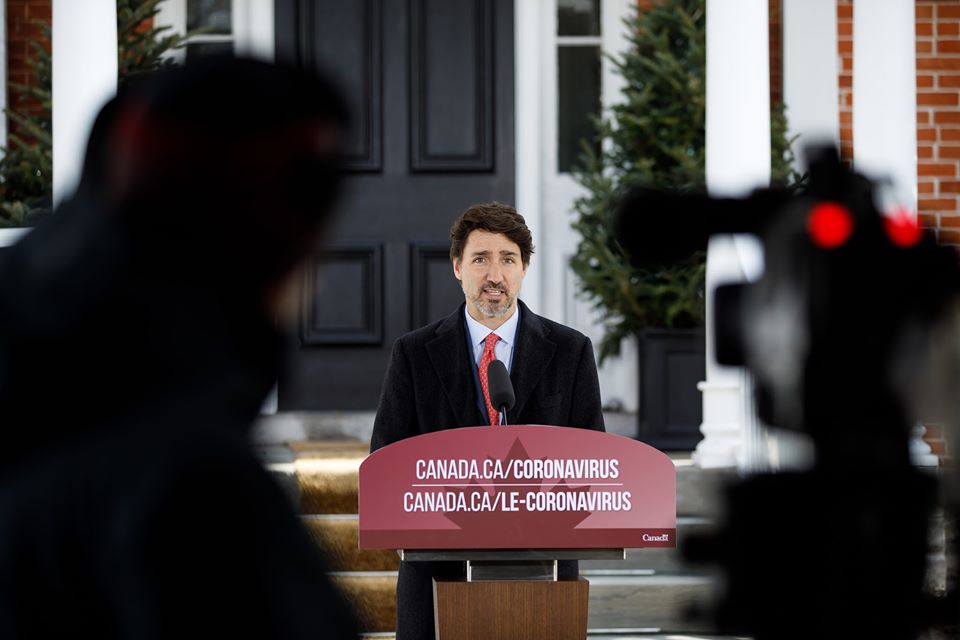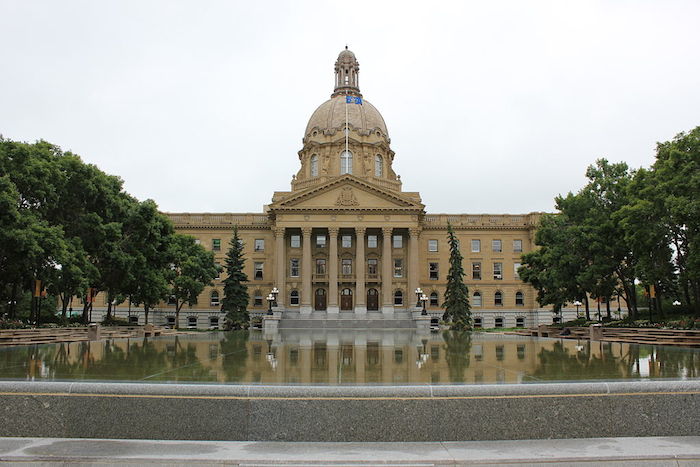While much of my undergraduate studies at the University of Alberta focused on Canadian politics, one of my favourite courses covered a topic far away from the prairies – the Habsburg Monarchy. It was a combination of an unfamiliar topic and a passionate professor that made this course memorable. So my interest was piqued when the words “South Tyrol” began circulating in Alberta political circles this week.

“Should Alberta be an autonomous Province? South Tyrol has” asked Airdrie-East MLA Angela Pitt in a Facebook post linking to a website showcasing facts about the autonomous province in northern Italy.
While most of the separatist fever that swept Alberta following the re-election of Justin Trudeau’s Liberals in October 2019 appears to have subsided, the United Conservative Party government is expected to release the final report of the “Fair Deal Panel” when the province-wide state of emergency expires on June 15.
Unless she was planning a post-COVID vacation to the Dolomites, this is likely the reason why South Tyrol was on Pitt’s mind.
“Autonomous-province” sounds similar to the “sovereignty-association” historically promoted by some sovereigntists in Quebec but it is unclear whether in practice Alberta actually has more autonomy in Canada than does South Tyrol does in Italy. Canadian provinces already have incredible amounts of autonomy to do things like form parole boards, establish police forces (more on this in a moment), conduct adventures in foreign affairs and abdicate responsibility for approving oil sands development to unelected and unaccountable boards.
Much of South Tyrol’s status appears to be a result of it having a German-speaking majority population in a country where most people speak Italian. The former princely county of the Austro-Hungarian Empire was annexed by Italy after the First World War.
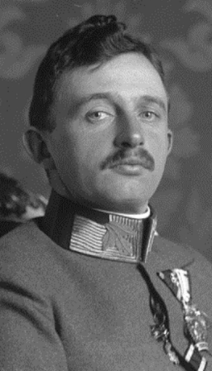
I expect many German-speaking South Tyroleans would probably prefer to re-join their linguistic cousins in Austria than remain in Italy.
I am not sure which other province or region Alberta would join if we adopt what might be Pitt’s version of an autonomous-province. Perhaps Frederick Haultain’s dream of a Province of Buffalo could be finally be realized if Alberta merged with its smaller cousin to the east, Saskatchewan? Or maybe British Columbia’s Peace Country will finally be released to unite with its northwestern Alberta cousins?
But Red Deer-South UCP MLA Jason Stephan is certainly whittling down the number of possible candidates.
Stephan apologized to the Legislative Assembly this week after describing other Canadian provinces as “hostile, parasitic partners” in a speech about federal fiscal policies and equalization program.
The rookie MLA and sole UCP backbencher appointed to the powerful Treasury Board committee also claimed that “Alberta must liberate itself from this mess.”
While Alberta is not going to separate from Canada, the final report from the government-appointed Fair Deal Panel will include recommendations to increase provincial autonomy from Ottawa.

The Fair Deal panel was announced by Premier Jason Kenney at last November’s gathering of Alberta conservatives at the Manning Centre conference in Red Deer.
The panel and its open-mic town hall meetings were both a relief valve and a steering wheel meant to allow Albertans to vent their frustrations while allowing Kenney to attempt to keep control of the latest burst of separatist fervour. The separatist fervour from Alberta’s right-wing fringe, despite the media attention it generated, now appears to have mostly died out.
The panelists included former Reform Party leader Preston Manning, former Progressive Conservative MLA Donna Kennedy-Glans, Peter Lougheed‘s son Stephen, and perennially disgruntled UCP backbencher MLA Drew Barnes of Cypress-Medicine Hat and fellow backbenchers Miranda Rosin of Banff-Kananaskis and Tany Yao of Fort McMurray-Wood Buffalo. The panel was tasked with making recommendations on topics including withdrawing from the Canada Pension Plan, replacing the Canada Revenue Agency by establishing a provincial revenue agency, opting out of federal programs like pharmacare, forming an office of a Chief Firearms Officer, and forming a provincial police force.

Kenney already announced plans to appoint a Chief Firearms Officer, one of the recommendations the panel was tasked with studying, and there has been speculation by Postmedia columnist Don Braid that the report could urge the creation of a provincial police force to replace the Royal Canadian Mounted Police in Alberta.
Once upon a time, Alberta, like most other provinces, had a provincial police force.
The Alberta Provincial Police was formed in 1917 after the North West Mounted Police hastily withdrew from policing in Alberta.
The NWMP had been created in 1873 and was part of the federal government’s suppression of the North West Rebellion in 1885, but, by 1917, Ottawa’s attention was focused on the First World War and there was little federal interest in enforcing provincial prohibition laws that had been enacted in 1916.
The APP merged into the RCMP in 1932 following negotiations between the provincial and federal governments during the Great Depression. The agreement to offload the costs associated with policing to the RCMP stipulated that former provincial police officers who transferred to the federal police would maintain their seniority and be eligible to receive pensions in accordance with their years of service.
When officers hung up their blue APP uniforms on April 15, 1932, it was reported in the Calgary Daily Herald that it took more than a month for the red RCMP uniforms to arrive in Alberta. So during the short period following the return of the federal police, RCMP officers worked in civilian clothes or, for those who worked as police in Alberta before 1917, wore the uniforms of the old NWMP.
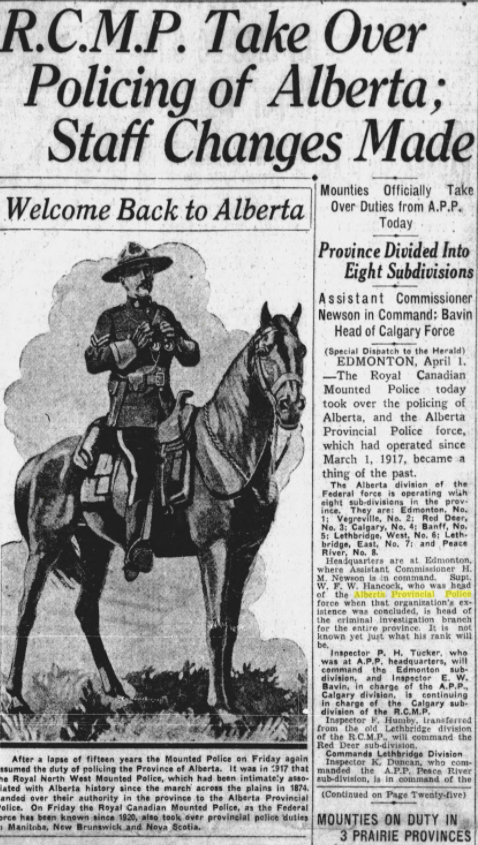
While Alberta politicians have generally expressed pleasure with contracting policing responsibilities to the federal government, there have been several attempts to reinstate a provincial police force.
A resolution at the United Farmers of Alberta convention of 1935 called for the re-instatement of the APP, but the UFA were swept away from Alberta politics when the party lost all its seats in that year’s election.
The next notable attempt to reinstate the APP came in 1937 from Edson MLA Joseph Unwin, the Whip of the Social Credit government caucus. Unwin introduced a motion to abolish the RCMP in Alberta and replace it with an Alberta Provincial Police Force.
Unwin argued that it was preferable that “the police force in the province should be indisputably at the exclusive orders of the attorney general.” Given this comment and the context of the time, it is fairly safe to speculate that Unwin was hoping to create a police force that would enforce the Social Credit ideological and political agenda in Alberta.
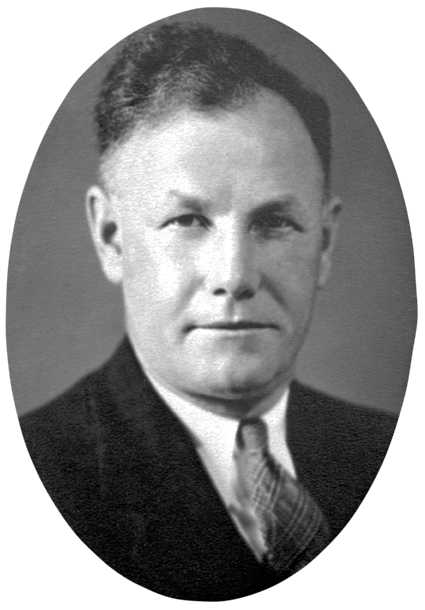
Unwin introduced the motion the same week he was arrested on charges of libel and counselling to murder in what would become known as the Bankers’ Toadies scandal.
Unwin and British Social Credit expert George Frederick Powell were arrested when police raided the party headquarters following the printing of a pamphlet advocating the “extermination” of nine prominent Edmontonians. The nine men, labelled as “Bankers’ Toadies,” included Conservative Party leader David Duggan and Senator and former mayor William Griesbach.
Unwin was sentenced to 3-months hard labour for the libel charge, which was later overturned on appeal. He did not resign as an MLA when he went to jail and his return to the Legislature was celebrated by Social Credit MLAs with a “snake dance” on the floor of the Assembly.
Unwin was defeated by Labour Party candidate and United Mine Workers president Angus Morrison in the 1940 election.
Various PC MLAs called for the creation of a provincial police force during the 1980s and early 1990s but most of those calls were quickly discredited because they were usually followed closely by racist comments about RCMP officers wearing turbans or speaking French.

Anti-oil patch activist Wiebo Ludwig called for the creation of a provincial police force during his brief run for the Social Credit Party leadership in 2000 before having withdraw from the race after a judge refused to waive the conditions of his bail.
Motions recommending the creation of a regional police force or to make public studies conducted to assess the creation of a provincial police force were introduced by Wainwright MLA Doug Griffiths in 2003 and Lethbridge-East MLA Ken Nicol in 2004 were debated in the Legislature but gained no real traction.
But perhaps the most infamous call for the reinstatement of a provincial police force in Alberta came in the Firewall Manifesto in January 2001, signed by Conservative luminaries Stephen Harper, Tom Flanagan, Ted Morton, Rainer Knopff, Andrew Crooks and Ken Boessenkool.
In 2006, Morton, then a candidate for the leadership of the PC Party, called for the creation of a provincial police force, a proposal mocked by outgoing premier Ralph Klein. “We studied it and it was rejected,” Klein said. “Thus far, we’re getting a pretty good deal with the RCMP.”
Premier Ed Stelmach defeated Morton in the leadership race and signed a 20-year agreement with the federal Conservative government that would have the RCMP continue as Alberta’s police force until March 31, 2032.
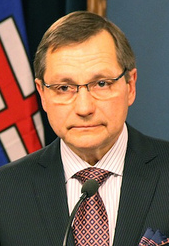
“This is wonderful news for the province and for Albertans,” Stelmach said in an August 2011 press release. “This agreement makes good financial sense for Alberta and strengthens a valuable relationship with a partner who continues to play a key role after more than a century keeping Alberta communities safe.”
In 2006, the Alberta Sheriffs Branch was created from the Courts and Prisoner Security branch.
The Fair Deal report will have to be publicly released before we know for sure what it recommends, but a move to create a new provincial police force in 2020 would face two powerful political factors
First, systematic racism and police violence against people of colour in the Canada and the United States has led to mounting calls to “defund the police.” Massive protests calling out systematic racism have taken place across the country, including a 15,000-strong rally outside the Legislature in Edmonton and similar rallies in Calgary and around the province. City councils and police commissions are now facing increased public pressure to reign in budgets and address systematic racism in the civilian police forces.
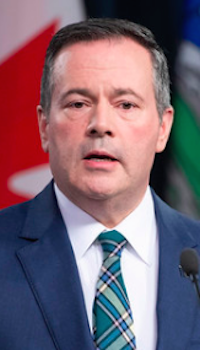
And most shockingly, video footage of RCMP officers assaulting Athabasca Chipewyan First Nation Chief Allan Adam has made international headlines.
Second, Kenney has said that a great reckoning is coming for Alberta’s finances, which will likely mean more massive job cuts in the public sector across Alberta. If the Kenney is laying-off teachers and nurses, it will be difficult for him to explain to Albertans that he needs to spend money on creating a brand new police force. A lack of finances was the main reason why the provincial police were disbanded in 1932.
For Kenney there is also the inconvenience of the RCMP’s investigation into whether a “kamikaze” campaign for the leadership of UCP in 2017 defrauded donors. That investigation is being guided by a special prosecutor from Ontario.
Creating a new provincial police force in this context would be incredibly tone deaf and completely unnecessary. But like many political decisions being made in Alberta lately, the world appears to be moving in one direction and our government moving in another. It kind of reminds me of those Habsburgs just over a century ago.
